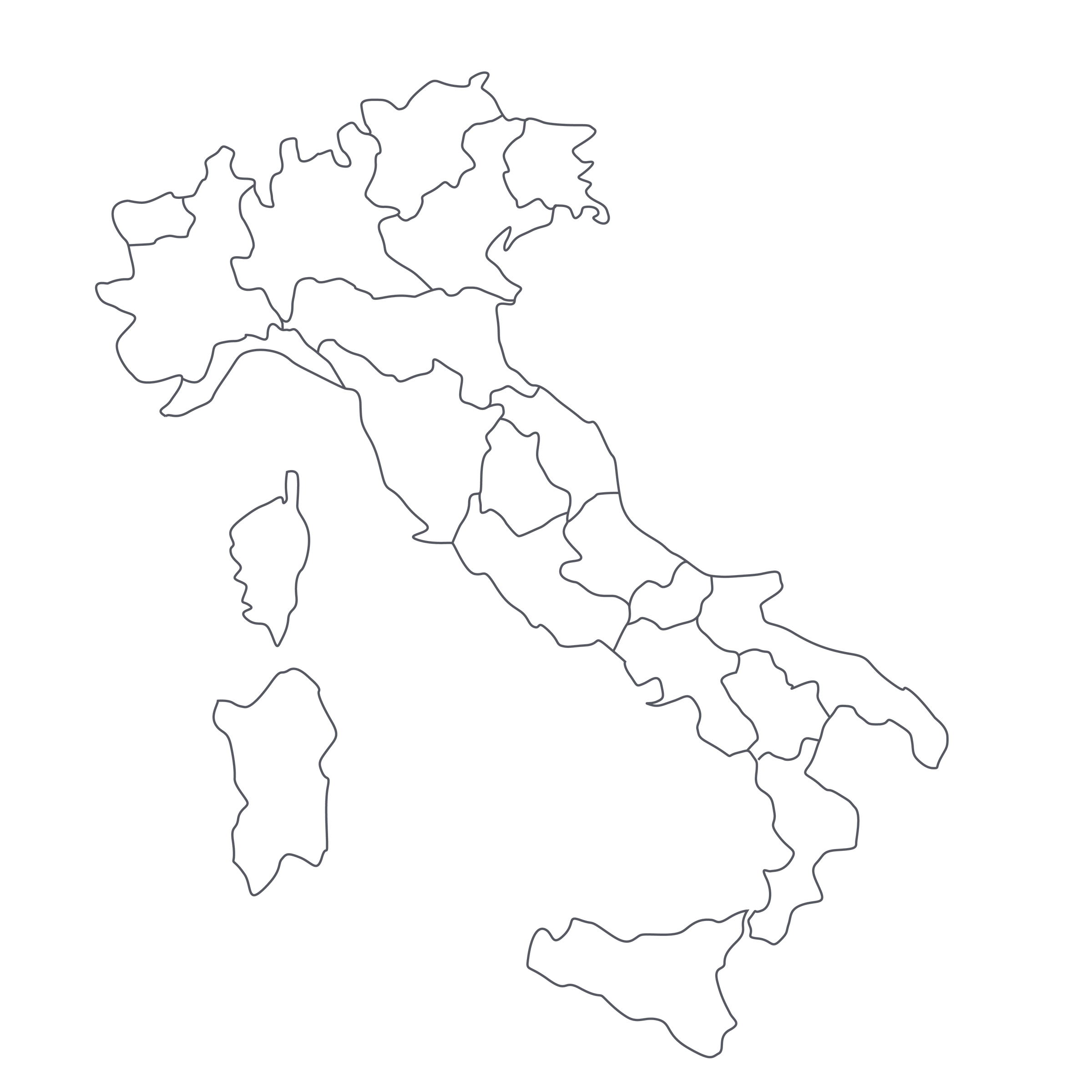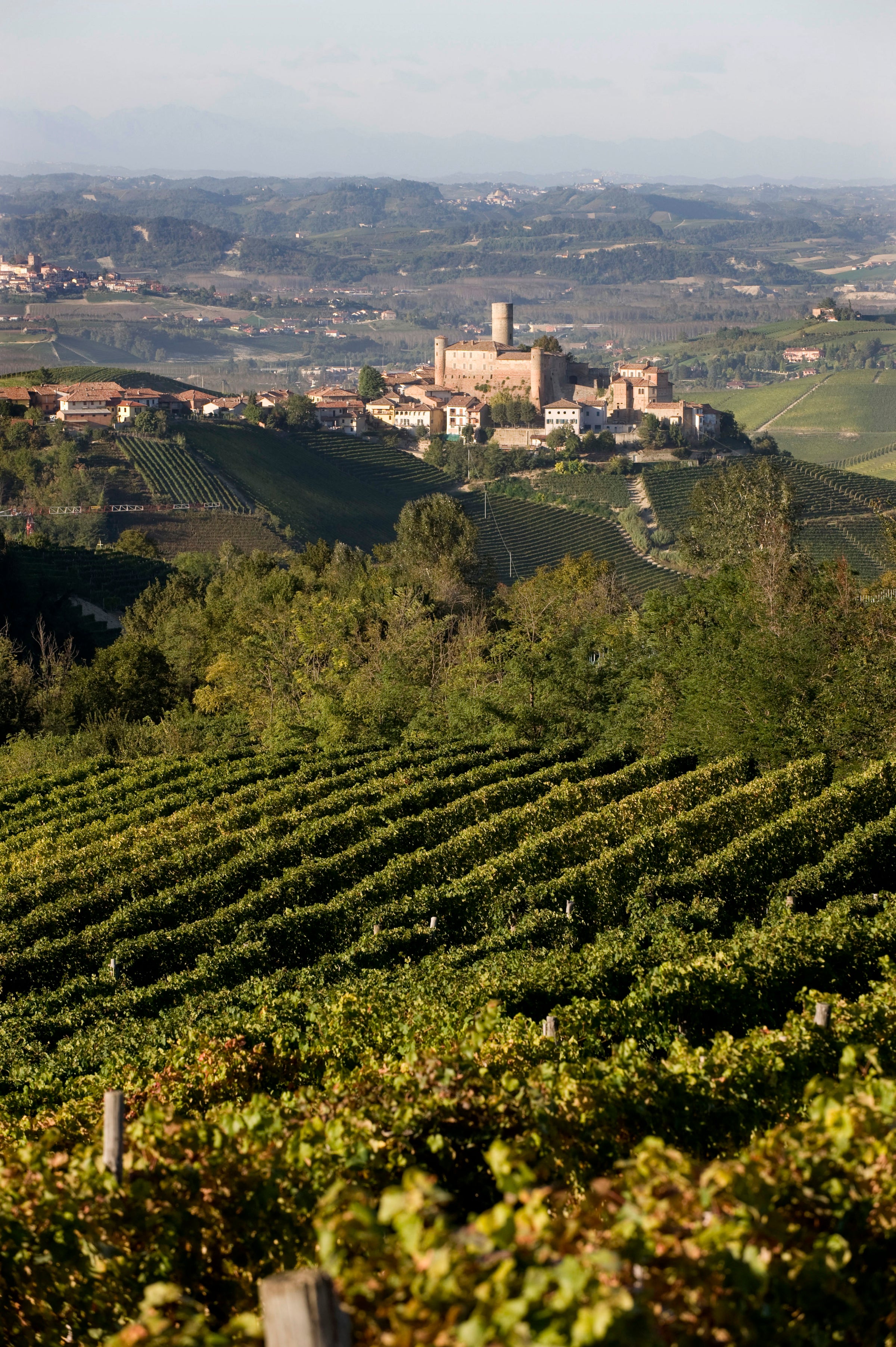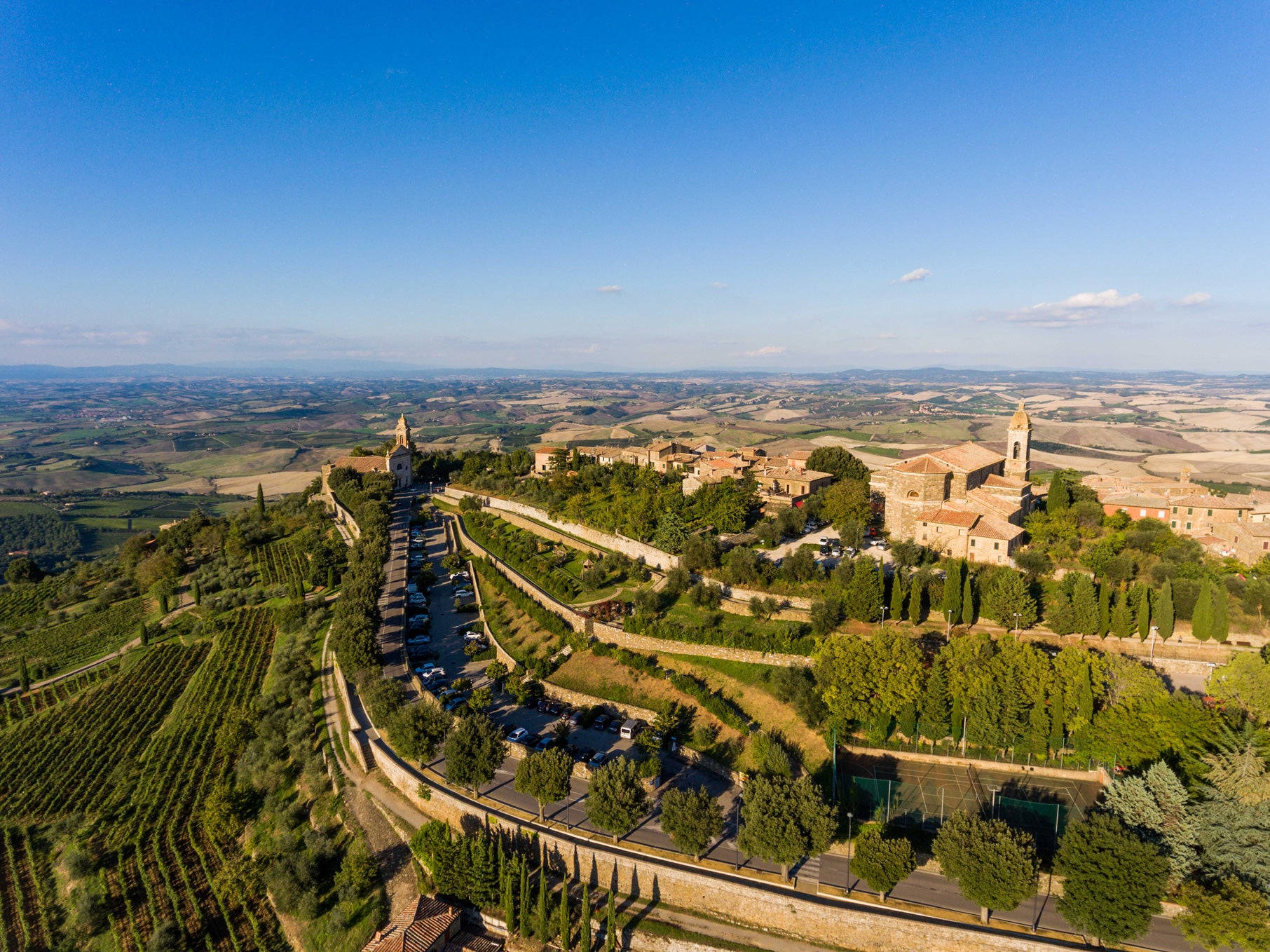Whenever a wine like this enters our orbit, a kind of irrational exuberance sets in: It’s unfamiliar, which means selling it will be an uphill slog, but we can’t help ourselves. The wine simply demands an audience, especially when it’s me doing the offering and there are indigenous Italian grape varieties to be championed. Today’s bright, cheerful red blend from Marco Carpineti has a lot of ancient history behind it, but its appeal comes from it being a true wine of the moment.
Carpineti was an early adopter of organic viticulture at his farm in the ancient town of Cori, about an hour south of Rome, and one of the local grape varieties in his “Tufaliccio” blend—Cesanese—has captured the imagination of Italophiles the world over. It shares the stage here with the ever-generous Montepulciano variety, with no oak or excessive extract getting in the way of the fruity, mineral flavors. The wine’s name, not incidentally, is a shout-out to the volcanic tuff soil that shapes its character—and as you learn more about it, the more irresistible it becomes.
Seasoned Italian tourists may recognize Cori: Located about an hour south of Rome, in the foothills of the Lepini Mountains, this is an ancient town dating back to the 4th century B.C. (it is also the name of a wine appellation, or DOC, although I can’t remember ever seeing a “Cori” designation on a label). The Carpineti family has cultivated vineyards here for generations, but current proprietor Marco, who took the reins in 1986, is credited with propelling the estate forward in the modern era. The estate’s 41 hectares of vines, which sit at about 400 meters of elevation, have been cultivated organically since 1994, and Carpineti has remained focused on the traditional varieties of the area: mostly the white Bellone and the reds Nero Buono, Montepulciano, and Cesanese.
More famously cultivated in the nearby province of Frosinone, under the Cesanese del Piglio designation, the Cesanese grape was once a favorite of Popes and Roman Emperors. Cesanese del Piglio wines in the modern era were often made much like Lambrusco, with a touch of effervescence pointing up the dark, saturated fruit. But, as we’re seeing more and more often, Cesanese can produce structured, concentrated red wines with some intriguing spice and black fruit notes. In a region (Lazio) whose most famous exports are simple whites like Frascati and Est! Est!! Est!!! di Montefiascone, Cesanese is providing some much-needed star power.
In today’s 2020, which is fermented and aged in stainless steel tanks to maintain freshness and immediacy, the Cesanese (about 30% of the blend) adds some streaks of black to the juicy, red-fruited Montepulciano. The wine shines a deep ruby red moving to a pink/magenta rim, with aromas and flavors of black raspberry, Morello cherry, violets, anise, wild herbs, and crushed rocks. Medium-bodied and soft-shouldered, the wine’s freshness gives it some beautiful crunch; serve it on the cooler side (55-60F) for best results and be prepared for it to disappear quickly (yes, it’s one of those reds). The first food pairings that come to mind are pizza and pasta, but there are a lot of options to choose from. Versatility and easy drinkability are Tufaliccio’s calling cards. Stock up!









